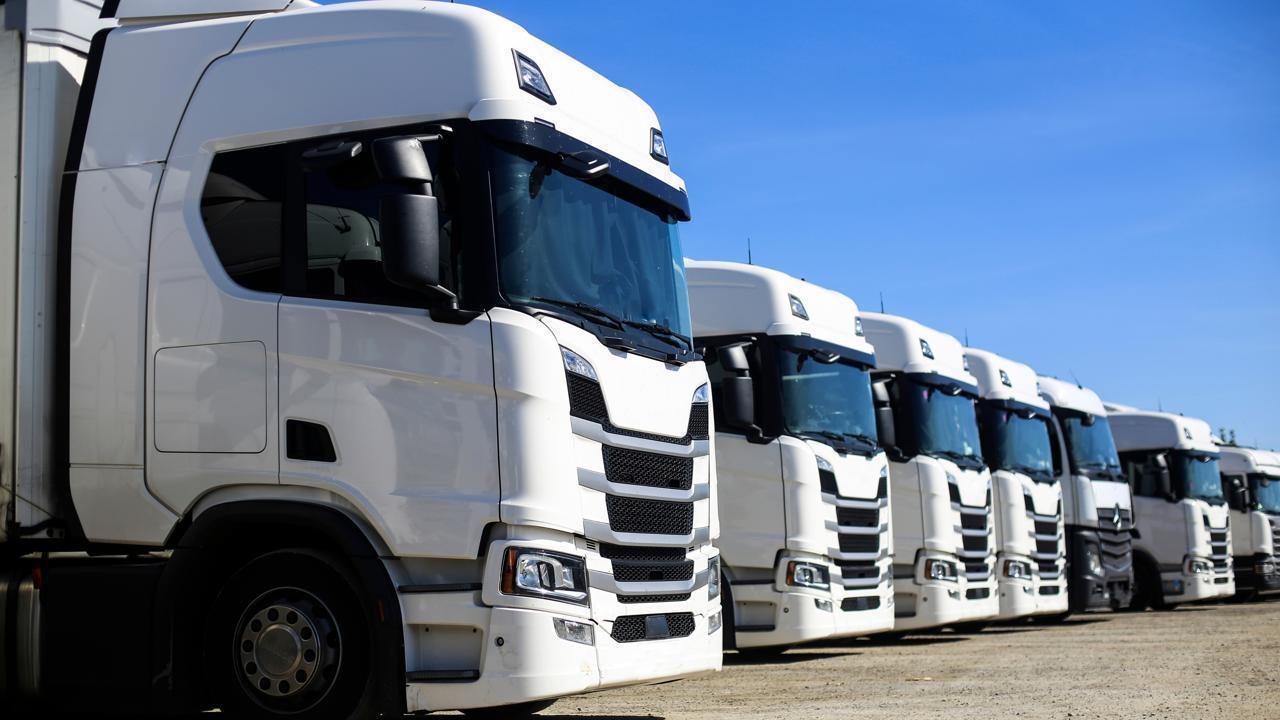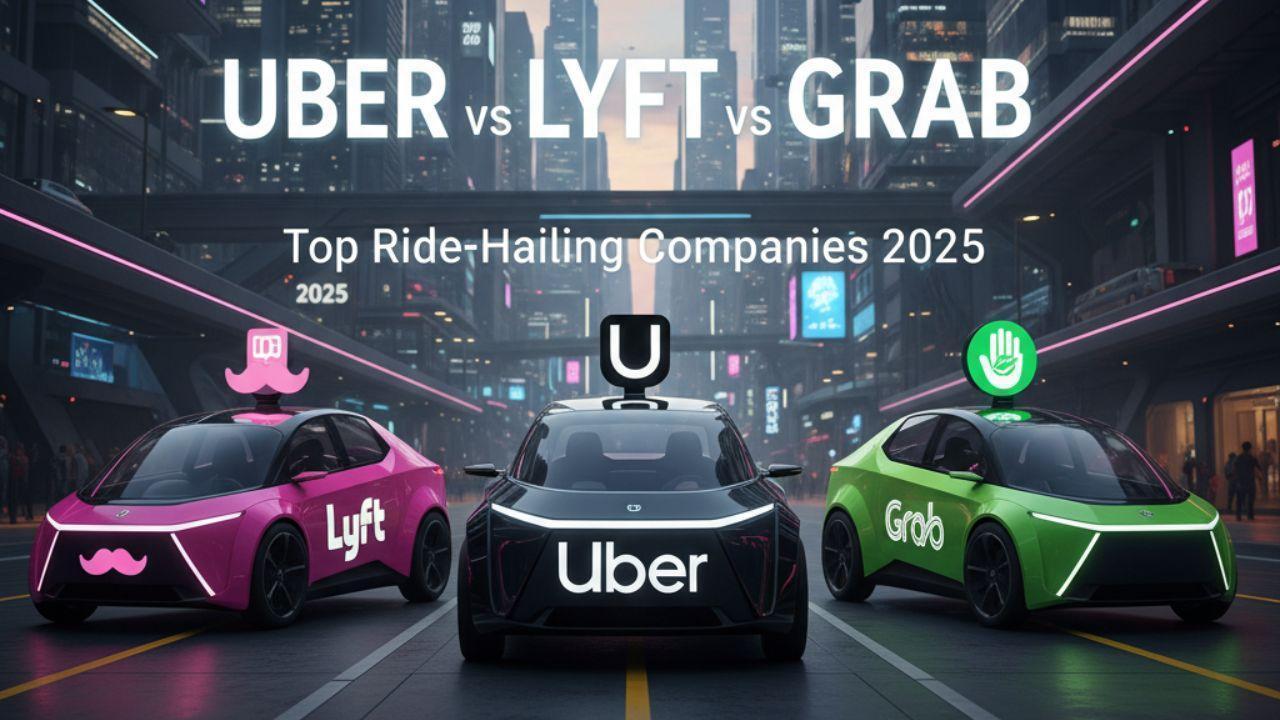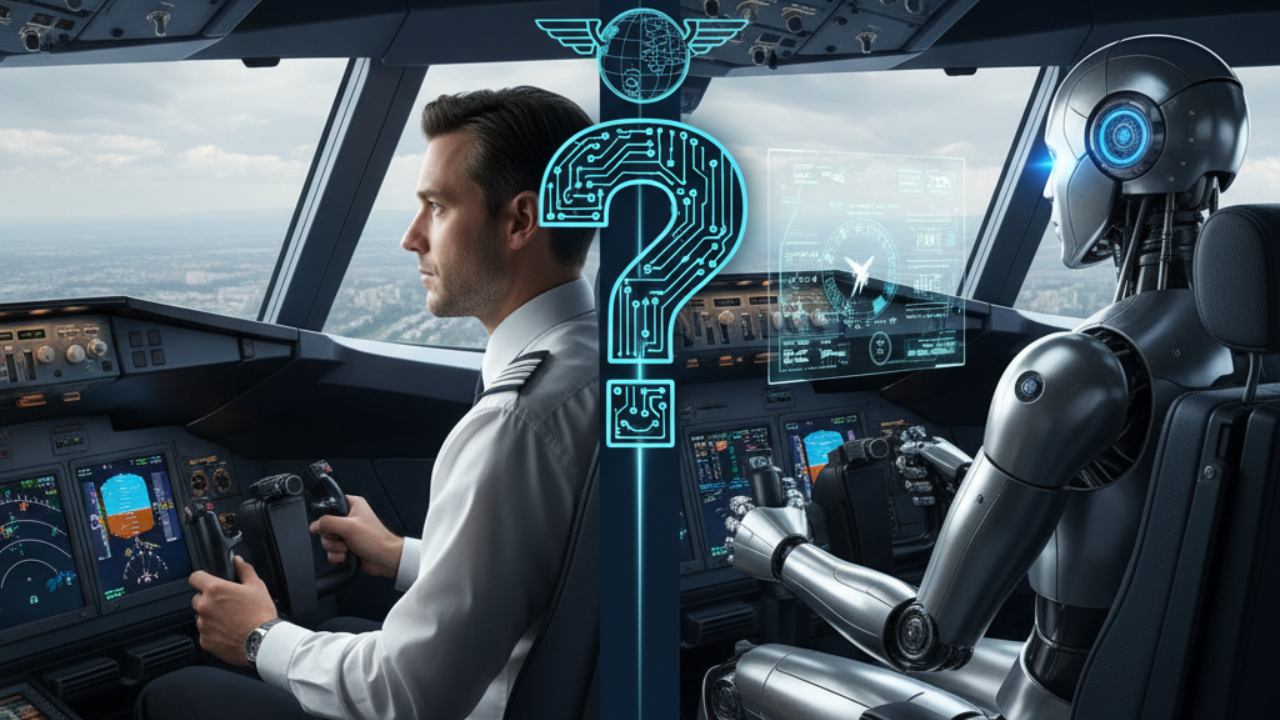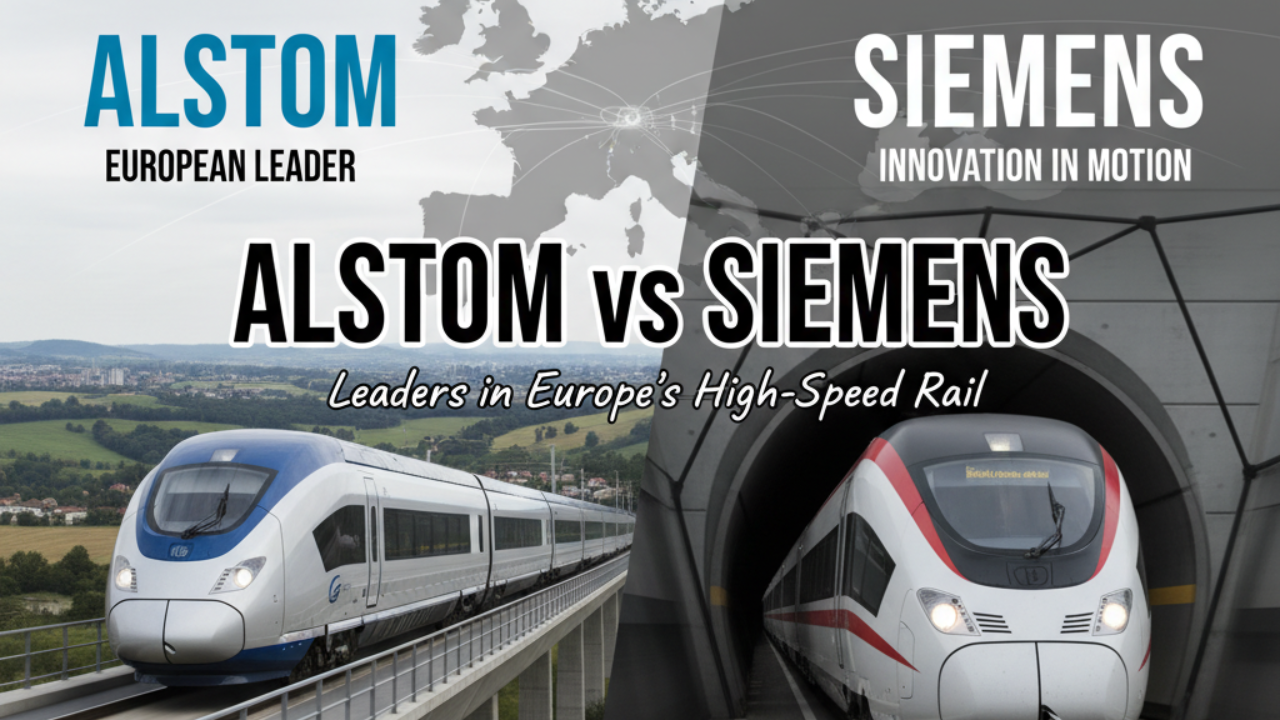
Post by : Amit
Innovative Module Targets Precision, Efficiency, and Safety
German automotive giant ZF has introduced a next-generation chassis domain controller specifically engineered for electric trucks. The new unit, described as an E-Chassis Control Module, integrates multiple real-time sensor inputs to orchestrate torque vectoring, braking functions, and regenerative energy management with unprecedented accuracy.
Announced on July 19, 2025, the system is now in pilot deployment with two major OEMs in Europe and North America. ZF's innovation signals a growing shift among Tier 1 suppliers to address the unique demands of electrified heavy-duty vehicles, where weight, range, and dynamic stability require a rethinking of traditional powertrain and chassis interactions.
The controller’s software-driven architecture leverages sensor fusion to adaptively respond to varying road conditions and payload dynamics. With embedded AI and edge processing capabilities, it marks a pivotal shift in how control systems handle multi-domain integration—a core necessity for next-gen e-trucks navigating urban centers and long-haul routes alike.
Fusing Braking, Torque, and Energy Regeneration
At the heart of the ZF E-Chassis Control Module lies its fusion of three critical functions: dynamic braking, torque vectoring, and regenerative energy routing. While these capabilities have existed separately in modern electric vehicles, ZF’s new module consolidates them into a cohesive real-time platform powered by advanced analytics.
Using multi-source input—including accelerometers, gyroscopes, LIDAR, radar, and temperature sensors—the system continuously adjusts how braking force is distributed across axles, how electric motors modulate torque, and how kinetic energy is routed back to the battery. The result is not just improved performance, but also a measurable boost in range efficiency and brake component lifespan.
ZF claims the controller can reduce regenerative energy losses by up to 12% under typical operating conditions and improve braking efficiency in slippery terrain by 18% compared to legacy systems. These gains are significant in a sector where every percentage point of energy recovery directly affects cost per mile and battery health.
Domain Controllers Are Replacing Traditional ECUs
The automotive industry has entered an era where single-function ECUs (electronic control units) are giving way to consolidated domain controllers capable of managing multiple functions. ZF’s new module is a testament to that trend, particularly in commercial EVs where software coordination is becoming a competitive differentiator.
"Electric trucks require a different kind of intelligence," said Dr. Stefan Riedel, Head of Commercial Vehicle Solutions at ZF. "With high-voltage systems, varying payloads, and diverse terrains, it's not enough to just electrify. You must orchestrate the entire movement architecture. Our E-Chassis Controller brings exactly that: synchronized intelligence across the vehicle’s dynamic systems."
This orchestration includes not only smoother torque application but also predictive regenerative braking that factors in slope gradients, road friction, and load distribution. The controller is also vehicle-to-everything (V2X) compatible, allowing it to pre-adjust braking profiles based on traffic patterns and digital road maps.
Modular Software and AI Updates
Built on a modular software stack, the E-Chassis Control Module supports over-the-air (OTA) updates—a feature now becoming standard in commercial fleets as remote diagnostics and predictive maintenance grow in importance. ZF’s software pipeline allows fleet operators to roll out algorithm upgrades that can adapt to seasonal weather, regional compliance standards, and route-specific profiles.
Additionally, the controller records and processes anonymized telemetry data, enabling fleet analytics platforms to generate real-world insights into energy usage patterns, regenerative efficiency, and braking wear. This kind of data loop is especially valuable for operators managing hundreds of trucks, where even marginal efficiency gains can translate into large-scale savings.
Fleet managers can use this data to determine when braking systems need inspection based on actual usage rather than fixed schedules, or to calibrate regenerative braking strength depending on driver behavior and cargo load. It's this level of granularity that’s poised to reshape operational economics in electrified logistics.
ASIL D and UNECE R155 Compliance Built-In
As electric commercial vehicles become more software-defined, cybersecurity and functional safety are paramount. ZF’s control module is designed to meet the highest safety integrity level—ASIL D—as defined under ISO 26262. It also complies with UNECE R155, the cybersecurity regulation that mandates risk analysis, secure update channels, and penetration testing for connected vehicles.
The system features redundant power supplies and fail-operational fallback modes, ensuring vehicle control in the event of partial system failure. These safeguards are essential in Class 6–8 electric trucks, where weight and kinetic energy amplify the consequences of system malfunctions.
"Every millisecond counts in a vehicle this large," said Maria Engelhardt, ZF’s Lead Safety Architect. "By integrating multiple safety layers and real-time health monitoring, we’ve ensured that the controller can handle both the complexity and the responsibility."
Pilot Programs Underway Across Two Continents
ZF confirmed that two major truck OEMs—one based in Germany and another in the U.S.—have already begun integration testing of the E-Chassis Control Module. The first batch of production units is expected to ship in Q1 2026. Analysts suggest these partnerships may include Daimler Truck and a prominent U.S. EV startup, though official names have not yet been disclosed.
The pilot vehicles are operating under diverse conditions—European mountain logistics and North American long-haul freeway networks—to test the full spectrum of the module’s capabilities. Real-world data from these environments will feed back into software refinements, enabling ZF to fine-tune its offerings before full commercial release.
The scalability of the system also opens doors for its application in medium-duty vehicles, electric buses, and even autonomous freight platforms in the near future. ZF’s modular development approach means the controller can be adapted to different voltage architectures and chassis configurations with minimal redesign.
Positioning ZF at the Center of Software-Defined Mobility
As the automotive world pivots from mechanical engineering to software-centric design, traditional Tier 1 suppliers like ZF are reinventing their core identities. This new controller is a strategic anchor in that evolution. It aligns with ZF’s broader push into smart systems—particularly through its Commercial Vehicle Solutions (CVS) division, which has grown substantially since its 2020 acquisition of WABCO.
By centralizing previously siloed systems into a unified control platform, ZF aims to become the go-to provider for intelligent motion solutions in commercial EVs. In doing so, it’s not just responding to the market’s needs but actively shaping how those needs are defined.
"Software-defined hardware is no longer a future trend—it’s a present requirement," said Riedel. "With this launch, ZF is not just catching up. We’re setting the pace for a new class of electric mobility infrastructure, where the brain of the truck is just as important as the battery that powers it."
Bridge to Autonomous Trucking?
While the E-Chassis Control Module is primarily designed for driver-operated vehicles, it lays the groundwork for Level 3 and 4 autonomous operations. Its sensor fusion capabilities and redundancy architecture make it compatible with the sensor suites found in autonomous driving stacks.
ZF has hinted that future software upgrades could enable trajectory control features, making the module a foundational building block in automated trucking systems. As regulatory frameworks for autonomous heavy vehicles mature, systems like these will become crucial in certifying and deploying safe, self-driving trucks on public roads.
Not Just Smarter, But Safer and More Profitable
ZF’s new E-Chassis Control Module arrives at a critical juncture for the freight and logistics industry. As rising fuel prices, stricter emissions mandates, and driver shortages reshape the sector, electric trucks offer a compelling solution—provided they are equipped with systems that maximize range, safety, and adaptability.
This domain controller does more than just manage chassis functions. It exemplifies the industry’s shift toward intelligent, software-defined mobility. With its blend of edge computing, sensor fusion, OTA updates, and cybersecurity, ZF is pushing the boundaries of what electric truck control systems can and should do.
For fleet operators, the benefits are clear: smoother operations, lower maintenance, and a safer ride. For ZF, it represents a milestone in their transformation—from traditional automotive supplier to systems-level innovator in the electrified era.
ZF, Smart Chassis Controller, Electric Trucks










Bengaluru-Mumbai Superfast Train Approved After 30-Year Wait
Railways approves new superfast train connecting Bengaluru and Mumbai, ending a 30-year demand, easi

Canada Post Workers Strike Halts Nationwide Mail and Parcel Services
Canada Post halts operations as CUPW strike disrupts mail and parcel delivery nationwide amid disput

PM Modi Launches BSNL ‘Swadeshi’ 4G Network, 97,500 Towers Built
India enters global telecom league as PM Modi inaugurates BSNL’s indigenous 4G, connecting 26,700 vi

India’s Iconic MiG‑21 Takes Final Flight After Six Decades of Service
After 60 years India retires its MiG‑21 fighter jet, a legendary yet controversial warplane marking

Hindustan Zinc unveils AI hotspot monitoring at Debari smelter
Hindustan Zinc launches AI-powered Switchyard Hotspot Monitoring at Debari smelter to cut outages bo

Chinese experts worked inside sanctioned Russian drone plant
Chinese drone specialists visited IEMZ Kupol supplying parts and drones via intermediaries, deepenin